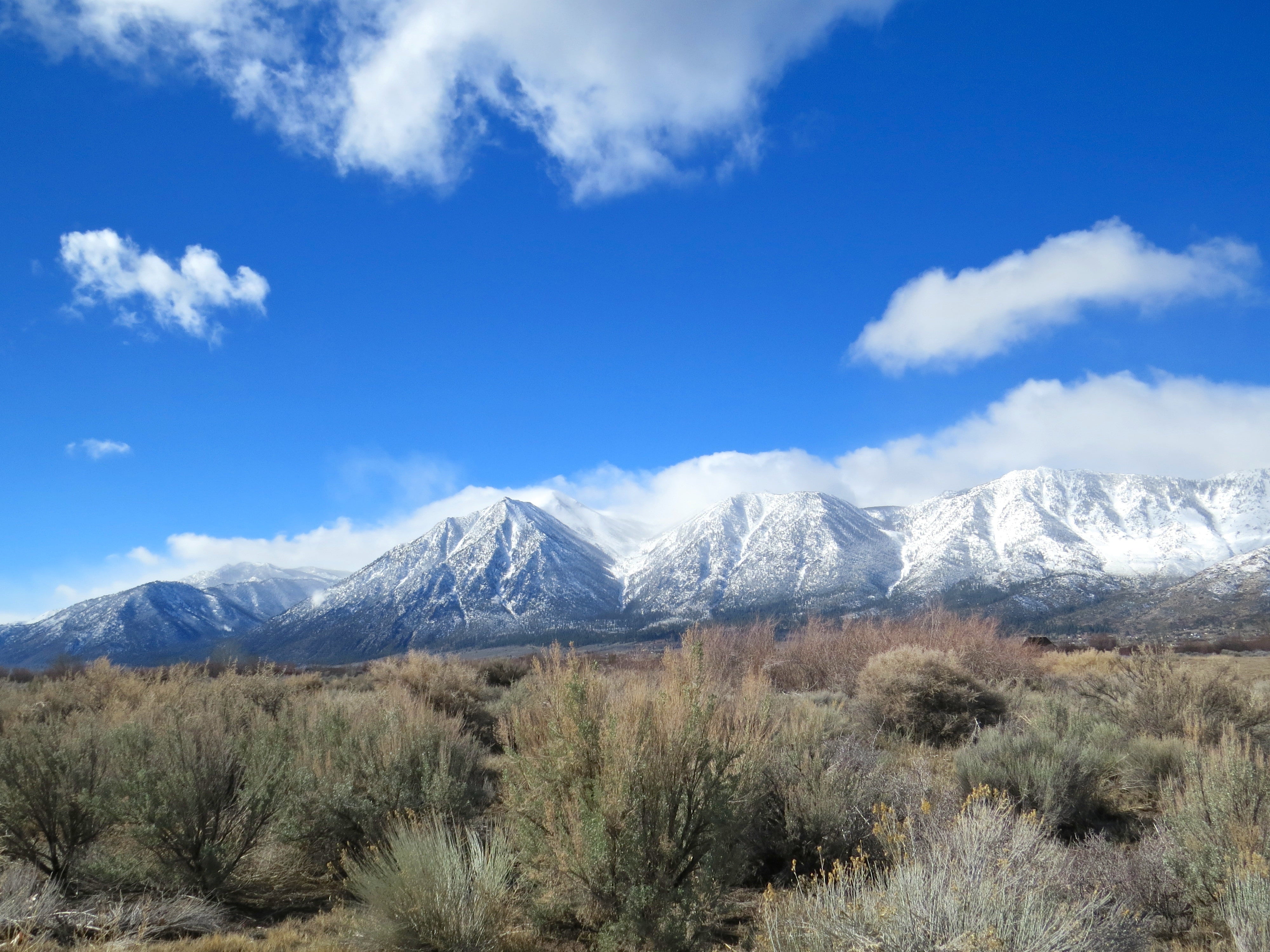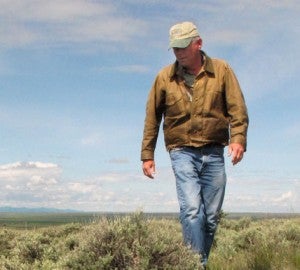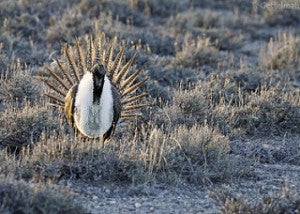One of the nation’s most important water agreements in recent history – the Colorado River Drought Contingency Plan – just crossed its last major milestone: winning bipartisan approval in Congress.
The driving force behind the water conservation plan is a nearly two-decade drought that has caused Lake Mead, a reservoir outside of Las Vegas, to fall to its lowest level ever. The drought plan outlines how Arizona, California and Nevada – the three states that rely on Lake Mead – will share cuts to avoid a crisis. The Upper Basin states of New Mexico, Colorado, Wyoming and Utah also agreed to operate reservoirs differently and begin exploring demand management to bolster Lake Powell.
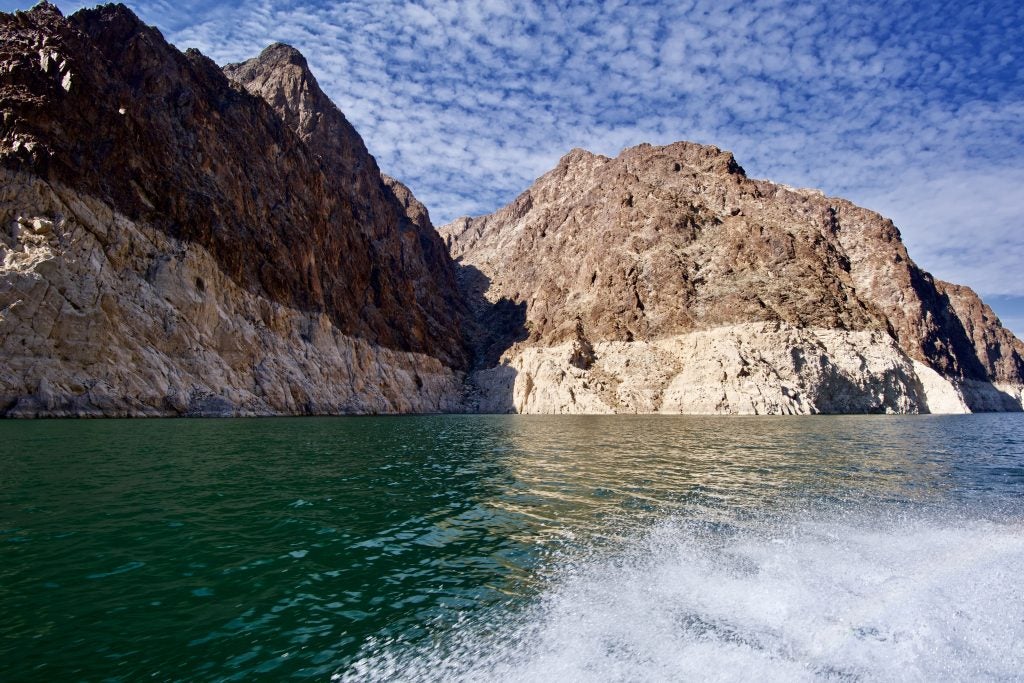
Under the Colorado River Drought Contingency Plan, Arizona will need to reduce its share of Lake Mead water by 512,000 acre feet and Nevada will have to reduce its share by 21,000 acre feet when the lake’s elevation falls to 1,075 feet. California will have to reduce its share by 200,000 acre feet when the lake’s elevation falls to 1,045 feet. (Photo Credit).
The president’s signature is the final step of a multiyear, seven-state effort. But the Colorado River plan also marks a new beginning: the start of a highly productive period for water policy to build greater resilience to climate change across the country.
While recently attending the 10 Across Water Summit, I was struck by three common building blocks of successful water policy that apply across the Interstate 10 corridor and the nation: bottom-up visioning, collaboration and bridging the urban-rural divide. Read More











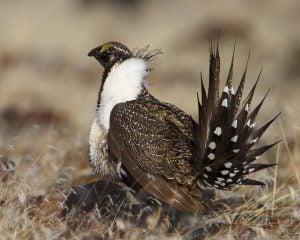


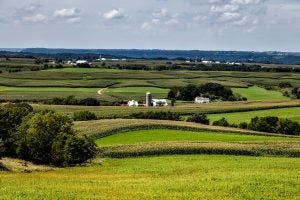 Like all Americans, I woke up on November 9 to a new reality: A few more Democrats in Congress, and yes, a President-elect who promised to dismantle our nation’s core environmental protections.
Like all Americans, I woke up on November 9 to a new reality: A few more Democrats in Congress, and yes, a President-elect who promised to dismantle our nation’s core environmental protections.
